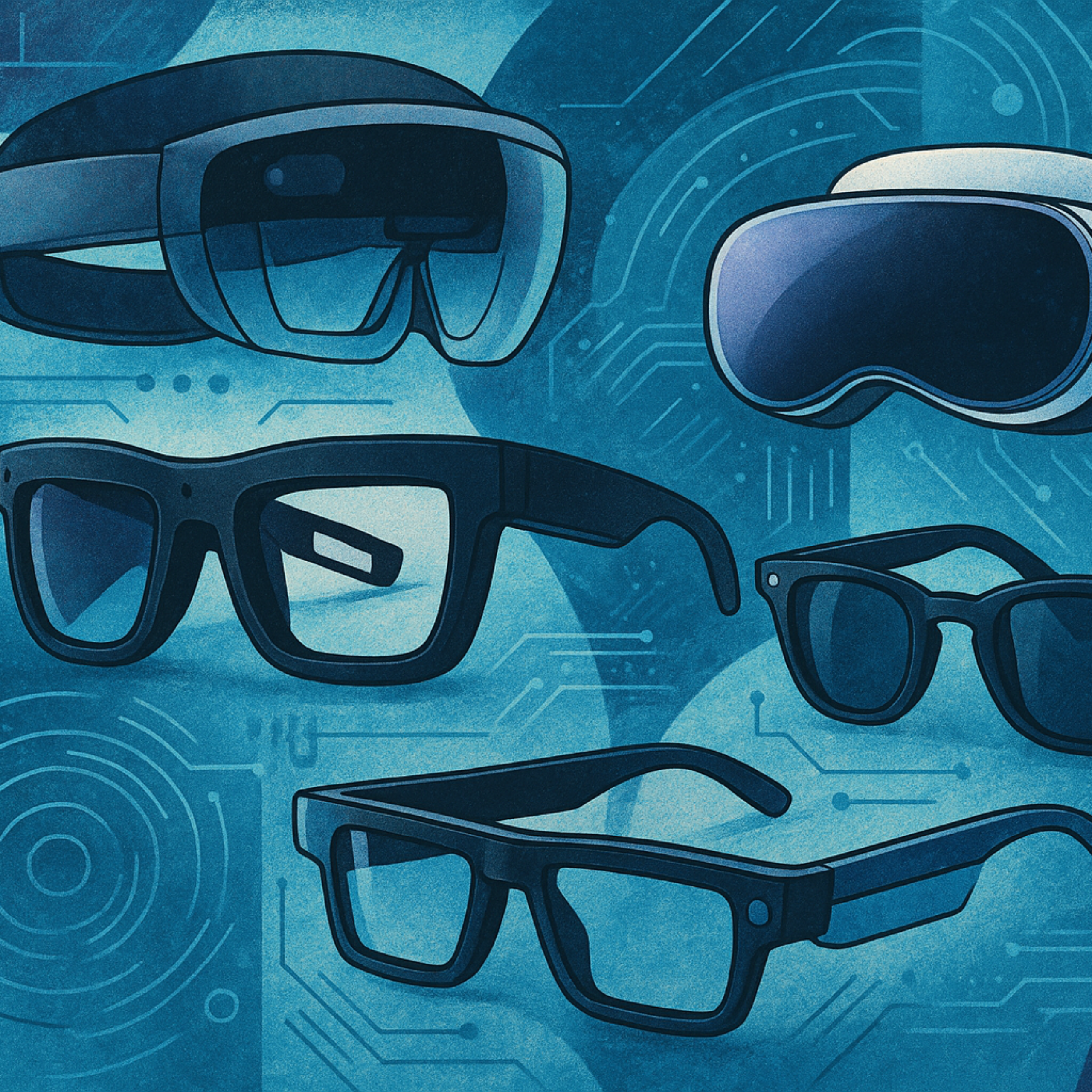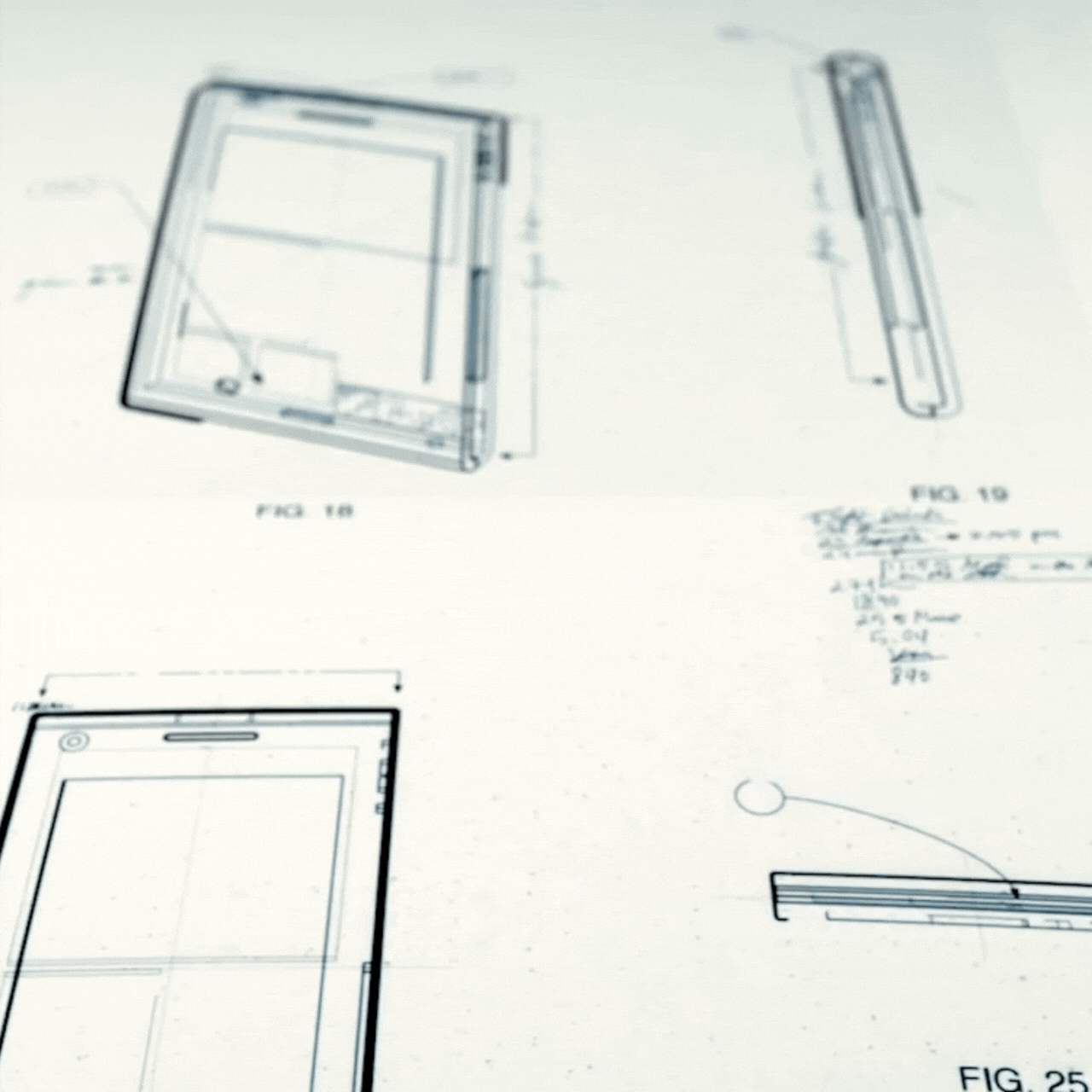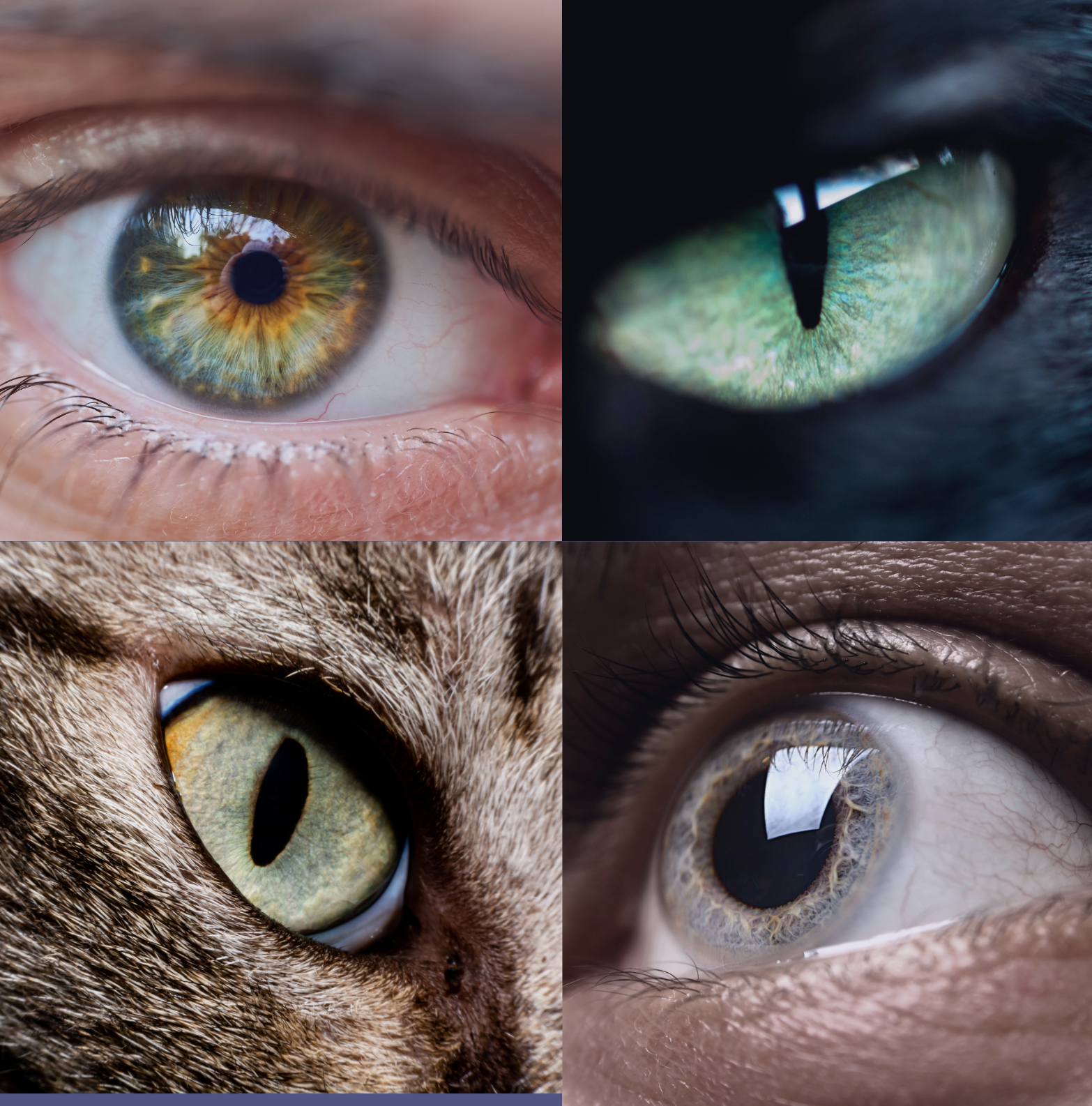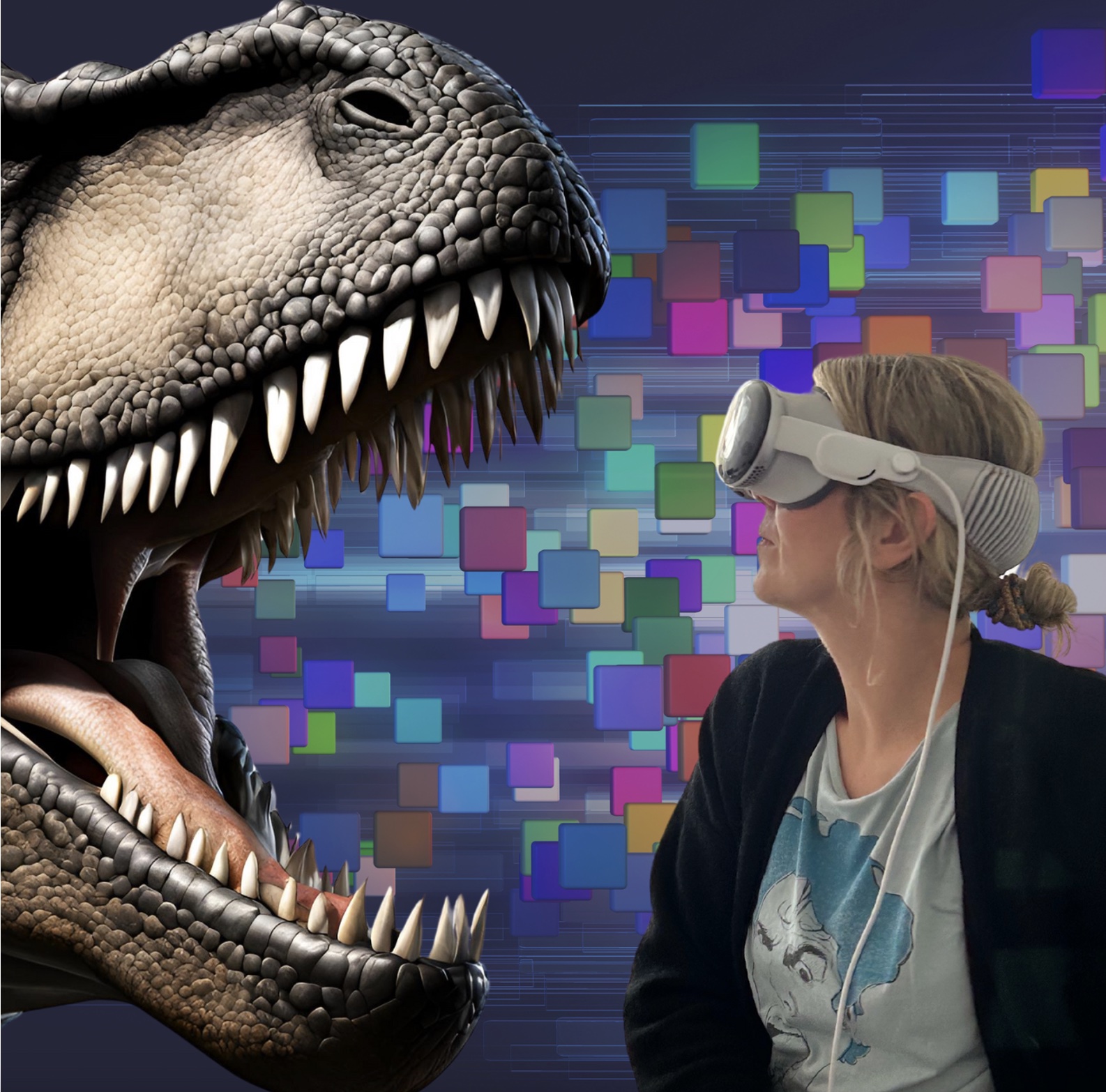
Among tech influencers, disillusionment has been felt in recent weeks. Because once again a new MR product has not fulfilled the high, certainly also self-raised expectations. “There isn’t a product on the market today that has more compelling functionality than a two-dimensional screen”, Vice magazine criticizes.
Well – I am more than ever convinced that in the near future, we will carry the digital world on our nose instead of constantly looking down at our smartphones. But we also have to face reality: In many areas, AR and MR are still unproven technologies with a series of challenges still to overcome. That’s not a bad thing. The only way we get great new things is when someone tries something new. It’s the right way that we try and try and always get better – because what has been achieved so far from a technology point of view is highly creditable. But: The currently available systems do not even closely match the level of expectation raised by the industry and its major players. Neither in the past, nor in the present.
FULL FUNCTIONALITY IN REAL-LIFE SITUATIONS
But let’s take the current disillusionment as an opportunity to ask ourselves what people really need. And what MR can offer them already today. I often have the experience that many of us working in MR and AR strive for some form of “harder, better, faster, stronger” – and forget that technology needs to be there for real people. And people want convenience in their life. They want hardware they can use every day, that looks great and that‘s easy to use. They don’t want everything technology has to offer. But they need and expect full functionality in real-life environments – no matter if in B2C or B2B applications. Of course, we are aware that we have to deal with many technical hurdles in the areas of computing power, display technology, battery life and connectivity – but let’s focus on providing smart solutions that make people’s work and lives easier. Because this is doable already today.
SMART, WEARABLE AND INTUITIVE SOLUTIONS
Looking at the display, for example: Based on our experience in eye tracking, we know what kind of visual information a human is capable of processing in real-life situations. And let me tell you, no one is currently ready for a multi-layered, whirring hyper reality experience. The information on the XR display should rather be kept minimalistic to avoid distraction. Precise eye tracking allows the content to be shown exactly in the area the user is looking at, without any need to move the view away from the scenery and without taking the user out of the situation. Thus the immersive experience is not being disrupted.
In terms of design, people want highly wearable and ultra light constructions that can be worn for hours with no more strain or fatigue than from regular glasses. They have to offer a natural, wide field of view and, important for B2B applications, hot-swap exchangeable batteries in order to guarantee uninterrupted work.
As for the interface, I believe that the most promising solution lies in interacting via eye gestures. Whereas using our hands or the voice means a consciousness-driven action, using our eyes as HMI allows intuitive interaction. Let‘s be dreamers for a second: in a perfect XR world, you wouldn‘t even notice you were using an interface at all. You would just do your thing and the digital loop would simply exist all around you. That would be true immersion.
Technology is not an end in itself. To get embraced by people, we must bring smart glasses to the market that are easy to bring along, easy to use, easy to maintain and – in one simple term – socially acceptable.
Curious what we are working on and how we see mixed reality? Click here!





